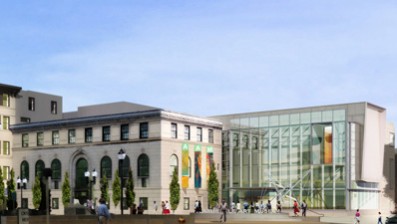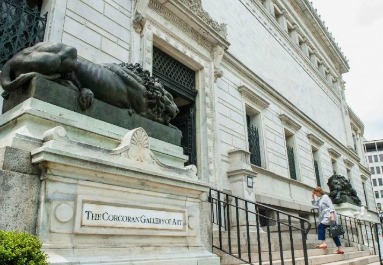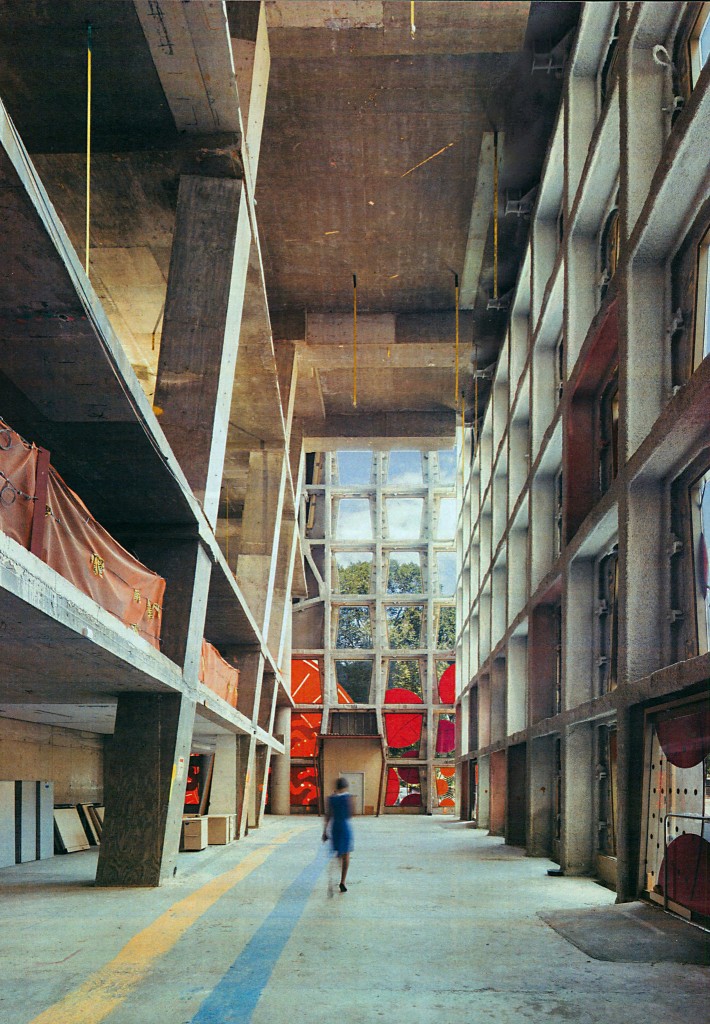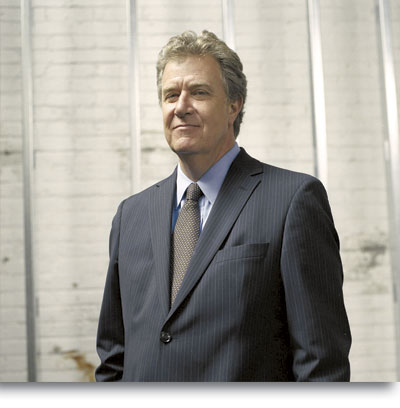The Asheville Art Museum seems to have a watchdog on its tail, probably in a good way — in fact, in a way such that it makes me wonder if, say, the Corcoran Gallery of Art might have survived as it was had it had someone similarly watching its every move.
In Asheville, the watchdog is a man named Ken Michalove, the former mayor and city manager. Â He says the museum “is headed for bankruptcy unless it ramps up its own fundraising, sticks to its original goals and stops trying to adjust its game plan and financial reports so as to qualify for city and county money,” according to a recent article in the Asheville Tribune. The museum needs to raise $24 million, a goal originally set in 1996.
 Michalove’s other main points:
Michalove’s other main points:
- Investment income has plummeted: “The art museum lists its 2013 investment income as $789,357, reduced by $768,701 from the previous year. Of this difference, Michalove says, $775,000 was listed on the 2012 Form 990 as “Gross amount of sales other than inventory.†Michalove says he has repeatedly asked what “sales†made up that figure but has received no response from the art museum. Without its inclusion in the grand total, the museum’s investment income would only come to $34,357.
- “In January, 2014, museum executive director Pam Myers made a presentation to the Buncombe County Tourism Development Authority (TDA) in order to obtain yet another extension to a $1.5 million grant agreement on which the museum had already defaulted twice. Myers indicated the museum’s number of non-student visitors had more than doubled, from 21,750 to 49,297. That number, divided into the museum’s stated admissions revenues of $71,224 yield an average ticket price of a dollar and forty-four cents, rather than the museum’s $8.00 regular admissions fee. “What’s going on with these numbers?†Michalove asked.
- “Michalove says the museum’s projected income under its present investment strategy will fall short of its goal by $228,000 by the end of fiscal year 2017. In that case, and without a “major influx of cash†from somewhere else, Michalove says, the art museum will be staring down the barrel of bankruptcy; hence his conclusion that the museum must indeed raise “at least†the full $24 million it originally stated as its campaign goal.”
There’s more in the story.
If Michalove’s analysis is correct, there are even more questions than are explicitly asked in the article. For example, is the museum invading its endowment, or why else would investment income drop so much in an up market? And those other “gross sales” certainly do require an explanation — sales of what?
If nothing else, Michalove is showing museum management and trustees that the museum has to be responsible and responsive.
UPDATE: For another view, that from the museum, which says its finances are fine, go here: Tourism board backs Asheville Art Museum renovation
Photo Credit: Courtesy of the Asheville Art MuseumÂ




